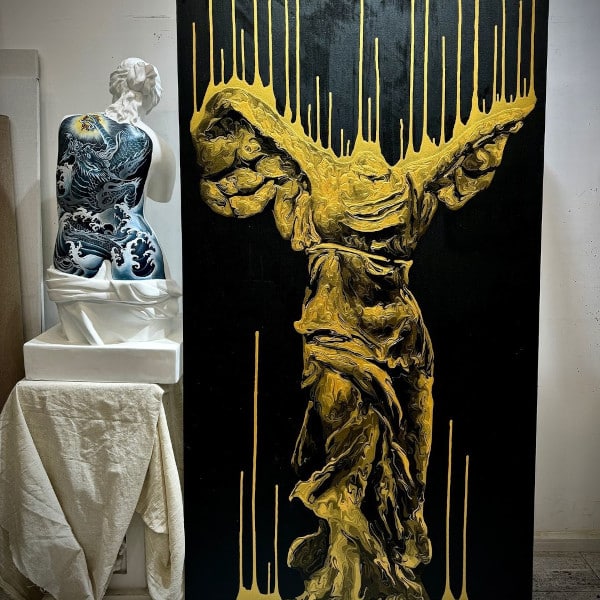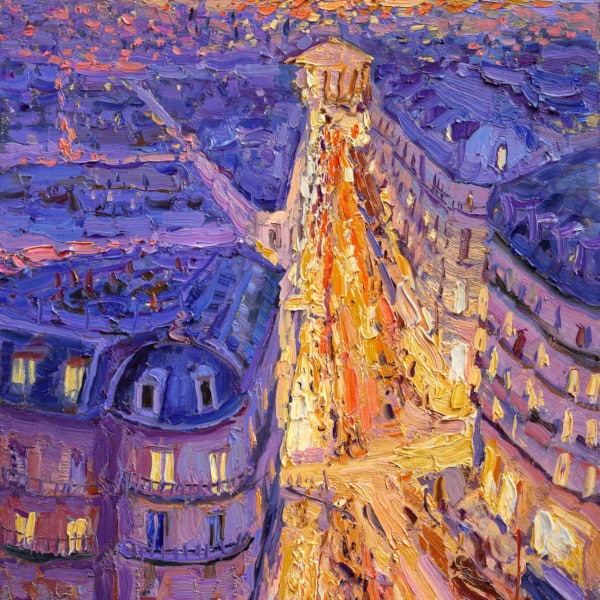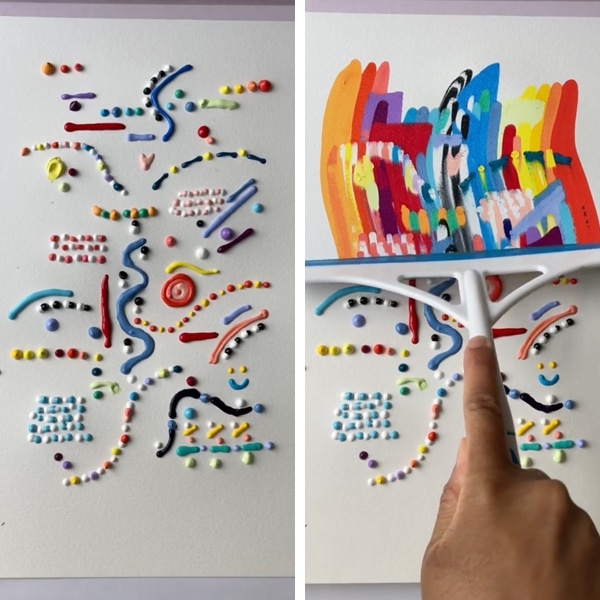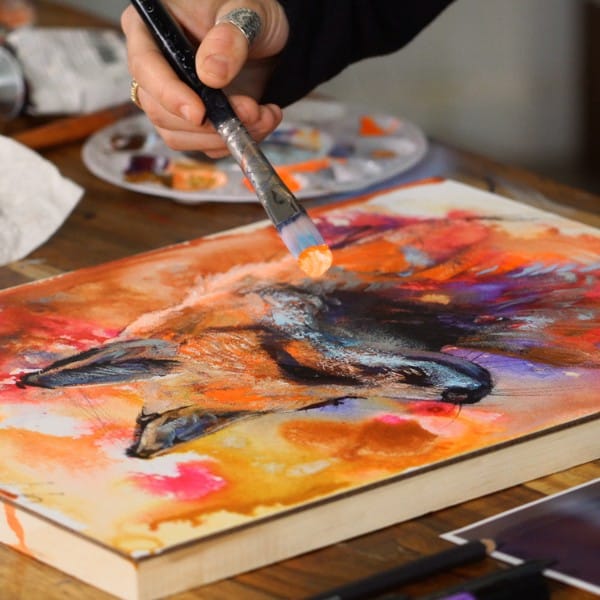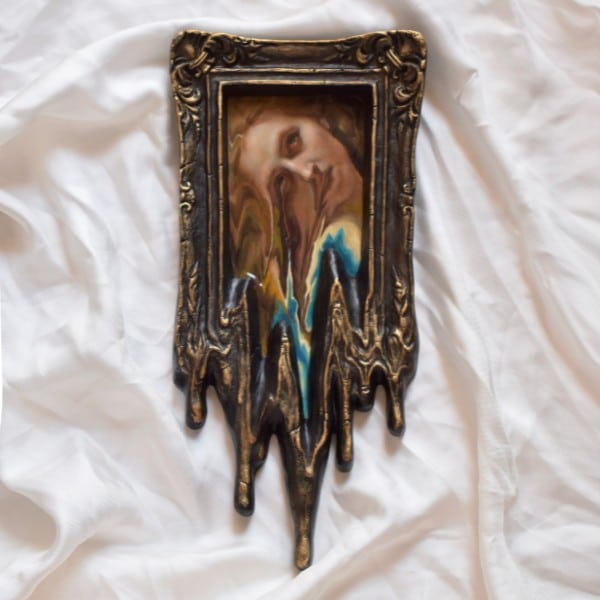
Art dealer, author, and BBC presenter Philip Mould makes the painstaking process of art restoration look easy with his hypnotic set of Twitter videos documenting the restoration of a 17th-century painting. Working with quick precision, it's magical to watch as he wipes away centuries of dirt and grime, revealing the gleaming oil paint beneath the yellowed surface.
We don't know much about the painting itself, other than it's from 1618 and that the mysterious “lady in red” was 36-years-old at the time of the portrait. In the video clips, Mould is stripping the protective varnish that is applied to shield paintings from wear, but that often yellows over time. This particular painting's varnish dates back 200 years. And while it's not uncommon for restorers to strip and reseal paintings to return them to their original colors, one only need to remember the botched restoration of a painting in Spain—which turned a portrait of Jesus into a monkey—to realize that this work takes skill.
It's unclear what chemicals Mould uses in his videos, though turpentine is often used along with other solvents to ensure the agent doesn't eat through the painting. Adept restorers are a mix of art historians and chemists, examining a painting closely to determine the type of varnish and what agent will work best to dissolve it. Using test patches, they will see which chemicals work best to melt the yellowed layers of varnish, releasing the clear, brilliant colors below.
While we anxiously await the final results of Mould's work, take a look at the painting prior to restoration and more clips of his brilliant work as he brings the 17th-century artwork back to life.
BBC presenter Philip Mould is capturing the remarkable transformation of a 17th-century painting as it undergoes restoration to remove its yellowed varnish.
A remarkable Jacobean re-emergence after 200 years of yellowing varnish 1/2 pic.twitter.com/yBGNGDcNd7
— Philip Mould (@philipmould) November 6, 2017
After his first video was a hit, Mould has continued to document the painting's transformation via Twitter.
2/2 ….still a way to go, but what a transformation! pic.twitter.com/nyGx3qdhOZ
— Philip Mould (@philipmould) November 6, 2017
A last smear from the chin removed. I will post an image of the completed picture as soon as it is ready. pic.twitter.com/K7TSl2XdqE
— Philip Mould (@philipmould) November 6, 2017
Brilliant colors and hidden details that could be used to help identify the “lady in red” continue to emerge—like these small details on her dress—as the painting restoration moves forward.
Small area of her astonishingly elaborate dress revealed. We dont know identity yet but certain iconographic clues are staring to emerge…. pic.twitter.com/2p1VqN79na
— Philip Mould (@philipmould) November 6, 2017
A look at the painting prior to cleaning shows just how muddied the colors looked under the 200-year-old varnish.
In response to those wanting sight of the uncleaned image of the #womaninred. All we know is she is 36 and it was painted 1618 (inscription) pic.twitter.com/3k8GYxvyJK
— Philip Mould (@philipmould) November 7, 2017
Philip Mould: Website | Facebook | Instagram | Twitter
h/t: [Sploid]
Related Articles:
Digital Artist Masterfully Restores Severely Damaged Vintage Photos
15+ Times Artists Fixed Broken Objects and Made Them Better Than Before
China’s Forbidden City Will Open Doors to Secret Garden for the First Time in Nearly a Century














































































